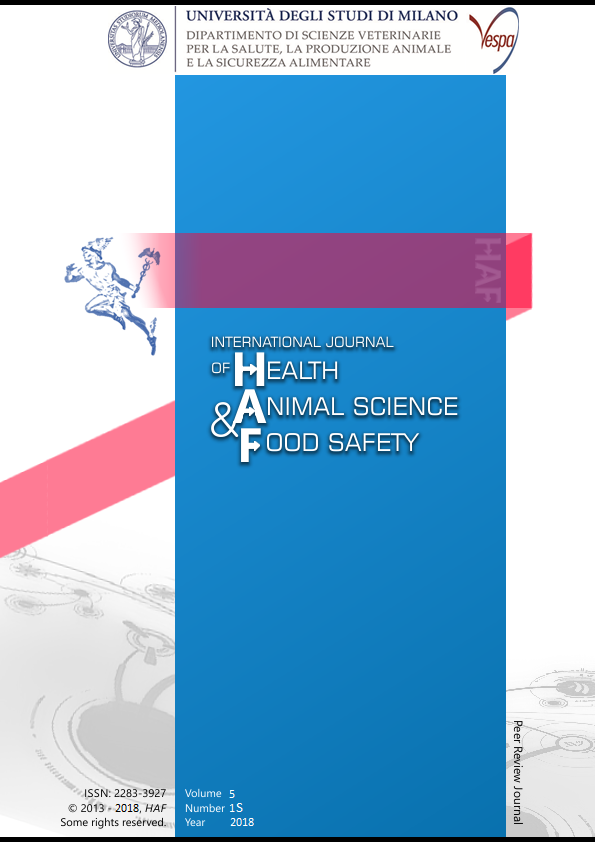Abstract
TECALBO is an effective yet invasive surgical technique to treat end-stage internal and external otitis in rabbits. The aim of this study is to describe a new locoregional analgesic approach, as until now only systemic analgesia was described for this surgery in rabbits. The first patient, a 7-year-old lop-eared neutered male weighing 2.1 kg, undergoing right TECALBO due to end-stage otitis with bulla empyema, received subcutaneous dexmedetomidine (60 µg/kg) and ketamine (10 mg/kg). Propofol 0.5% (1 mg/kg) was administered for induction while titrate-to-effect isoflurane was administered for maintenance. After palpating the zygomatic arch, the mandibular nerve was blocked at the level of the temporomandibular joint. The auriculopalpebral nerve was blocked in the centre of a triangle identified between the base of the pinna and the occipital crest. Ropivacaine 0.5% (1.5 mg/kg per block) was injected after neurolocation of the nerves. Neither intraoperative (mean heart and respiratory rate 175 ± 22 and 25 ± 5 respectively) nor postoperative nociception were shown as no rescue analgesia was needed. Full recovery and food intake occurred within 1 hour after awakening. The second patient, a 9-year-old Dutch-belted intact female of 1.5 kg undergoing right TECALBO for end-stage otitis, received dexmedetomidine (40 µg/kg), ketamine (7 mg/kg) and midazolam (0.3 mg/kg) subcutaneously. Propofol 0.5% (2 mg/kg) was administered for induction. Titrate-to-effect isoflurane was administered for maintenance. Mandibular and auriculopalpebral nerve blocks were performed as described. No intraoperative (mean heart and respiratory rate 195 ± 15 and 31 ± 7 respectively) nor postoperative nociception were recorded, despite delayed awakening and full recovery were shown (food intake occurred 2.5 hours after awakening) and were probably related to midazolam administration. In both cases, the combination of mandibular and auriculopalpebral blocks appeared to provide effective perioperative analgesia for TECALBO surgery in rabbits.
Riferimenti bibliografici
Csomos R, Bosscher G, Mans C, Hardie R, 2016, Surgical management of ear diseases in rabbits. Vet Clin Exot Anim 19, 189-204.
Ravasio G, Carotenuto A, Gobbi R, Borghi L, Boano S, Greci V, Mortellaro CM, Fonda D, 2008, Analgesic effects of trigeminal/facial nerve blockade by ropivacaine or bupivacaine in dogs undergoing total ear canal ablation/lateral bulla osteotomy: comparison with those obtained by morphine systemic use. Proceedings of Association of Veterinary Anaesthetists, AVA meeting Barcelona, Spain, 14-16 October, pp. 68
This work is licensed under a CC BY-SA 4.0 international

